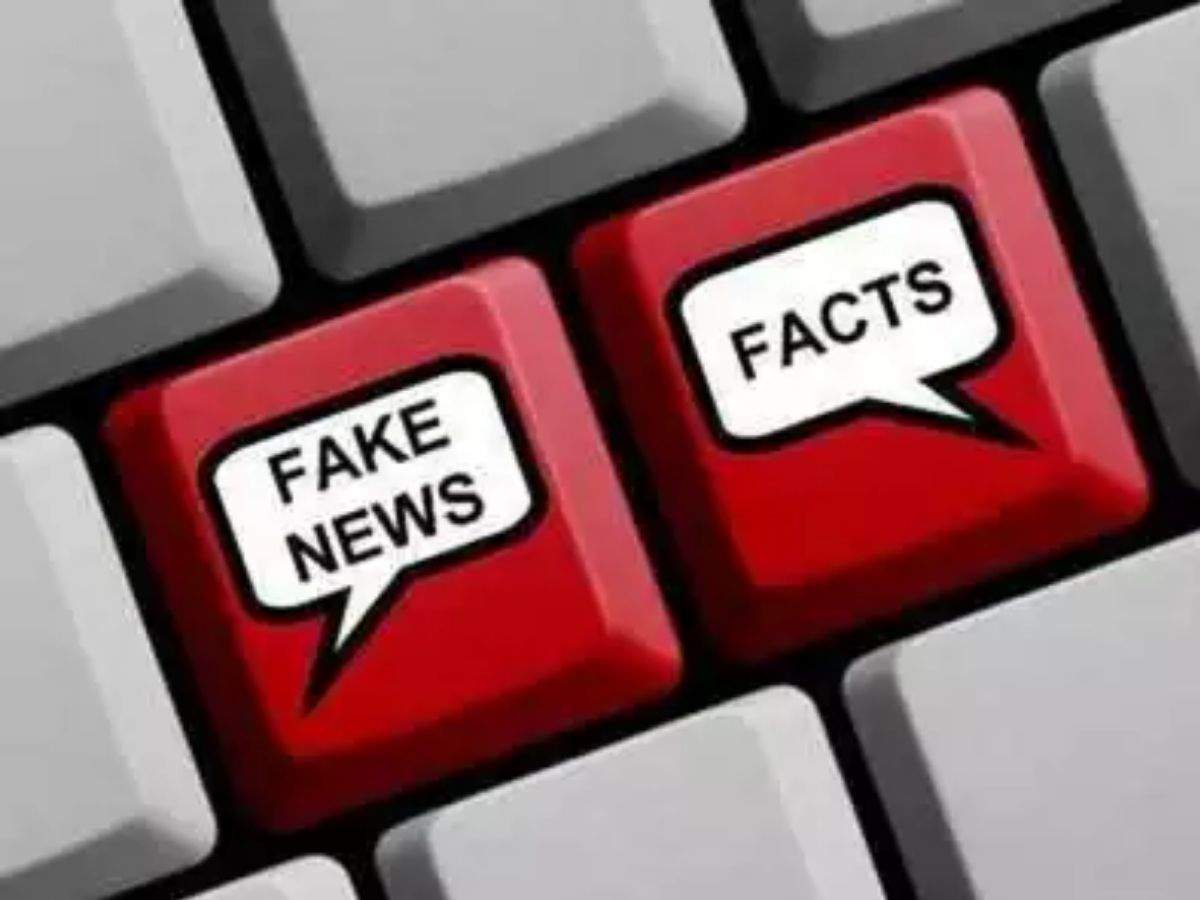Joseph Collins
joec3754@gmail.com
What is Fake News?
Fake news has become a popular term being thrown around a lot, especially in politics. It's used a lot, but now more and more often we are seeing it used in an incorrect fashion which I'll explain later on.
Fake news can be defined as incorrect evidence, false information or fabrication of a story/article about someone or something. The truth is, Fake News can be applied to much more than news.
Fake news is most likely attributed with journalism, and for the most case it has been. One of the biggest reasons that it has been is because of the ethical battles between President Donald Trump and the media.
The most prevalent place we've seen the battle of the fake news acquisitions has been during this pandemic.
On one side you have the president and the White House press secretary Kayleigh McEnany, and they are accusing the media of making up stories of the White House downplaying the magnitude of the coronavirus pandemic in the months leading up to the initial surge. On the other, you have the news media which is trying to show the White House that they did play it down and lied about how they had the situation under control, but really didn't.
We see fake news all the time in the national media and newspapers. Some of it is meant to be used that way. For example, The Onion is an online newspaper that posts fake stories that are meant to be satirical. Other times, it could be writers misquoting something said, forgot to credit a source, or used an incorrect photo.
There have been times where people have made fake news in order to hurt one's reputation. One example is when the Pizzagate story came out that connected a pizzeria to a child-pornography ring, allegedly run by Hillary Clinton.
However, there are many other places to find fake news besides in the news media.
Other forms of Fake News
Social Media is a platform where we find many forms of fake news. This has to do with what we call "bots."
Bots are people or profiles that usually hide their identity by using a fake photo or photo of something completely unrelated and "troll" people. Trolling people is to upset someone on the internet by either posting derogatory messages or misguiding people by using false information. For example, one of the most common forms of fake news I've seen put out by bots is when someone is a free agent in sports, people will make fake accounts of popular sports reporters and make up some statement like "John Doe signs with Pelicans."
Bots are something that every internet/ social media member has seen or had to deal with at one point. They're annoying and really hold no purpose in the internet rather than to stir up your emotions and to get a reaction out of yourself that they can make fun of.
We also see fake news in the form of advertising. This is known as clickbait. For example, you may be checking your email and all of a sudden, you seen a link to something that says "Make $50,000 from home a week!!" Then you click on the link, and it gives you examples of how to make money by doing something like selling stuff on the internet or start your own business.
As we've seen, fake news is a more broader term than people think. While it can be attributed to the national news media, odds are more likely you've encountered fake news while on Twitter or Instagram than by reading a news article.

No comments:
Post a Comment